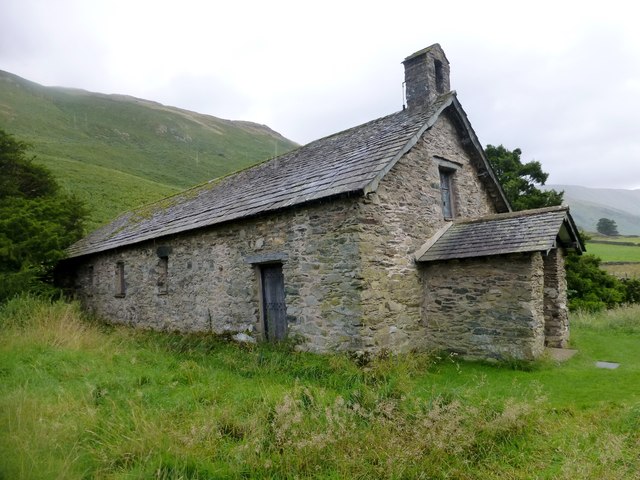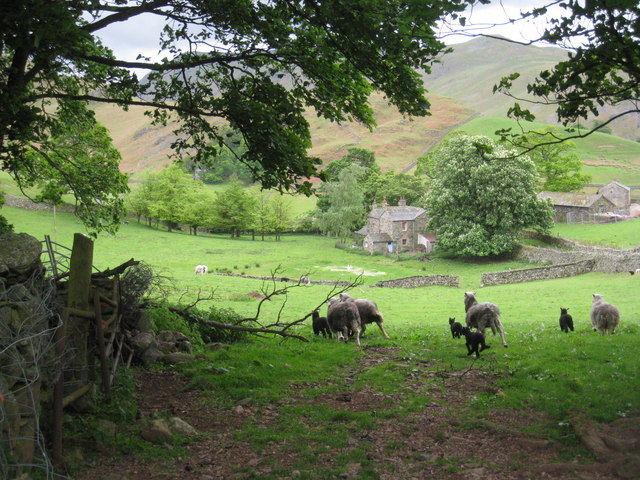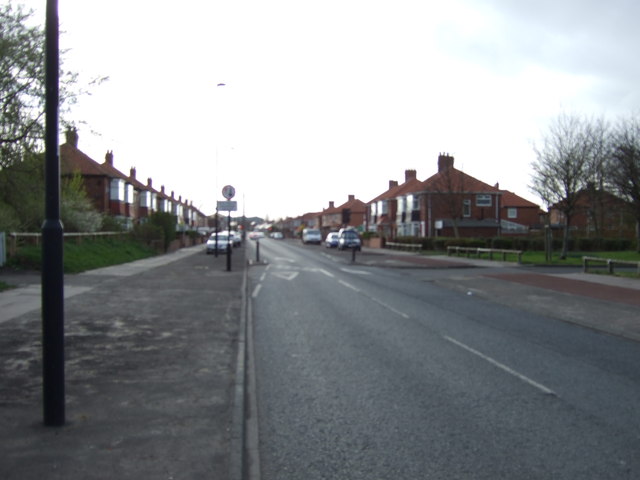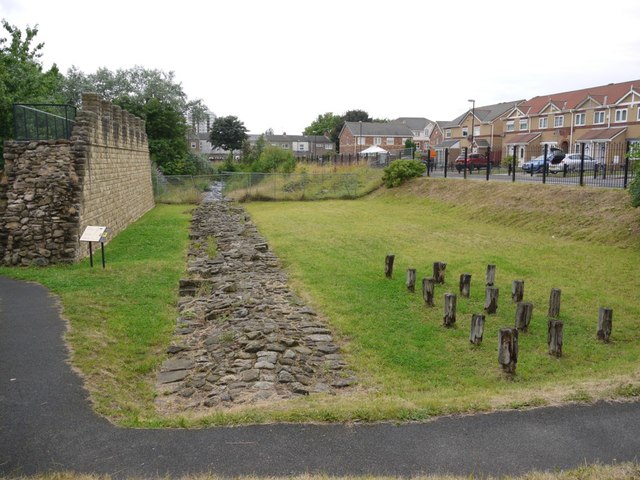St Martin's Church, Martindale

-
Description
"The church is also referred to as Martindale Old Church. It is in the most wonderful lonely setting and is almost unrestored. The church bell in the open cote bears an inscription in Lombardic characters. The bell founders who welded on the lettering to the rim of the bell were probably illiterate, and the letters supplied to them were placed as they received them, in alphabetical order from A to N. This is the old medieval bell which called the people of Martindale to worship for more than 500 years. It is thought that the present church was erected at the end of the 16th century, replacing the old chapel, a reference to which appears in a document of 13th April 1541. In 1714 the floor of the church was flagged, a new luxury as the worshippers were not willing to accept any longer the damp earth floor. The last major restoration of the church was in 1882 when the roof was replaced, as on the day that Martindale New Church was consecrated (6th January 1882), the roof of the Old Church fell in during a violent storm." Photo by Marathon, 2018. -
Owner
Marathon -
Source
Geograph (Geograph) -
License
What does this mean? Creative Commons License
-
Further information
Link: http://www.geograph.org.uk/photo/5899335
Resource type: Image
Added by: Edmund Anon
Last modified: 6 years, 10 months ago
Viewed: 15139 times
Picture Taken: 2018-08-24 -
Co-Curate tags









